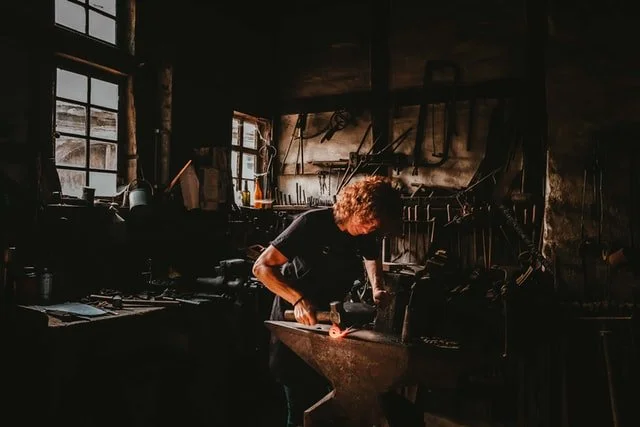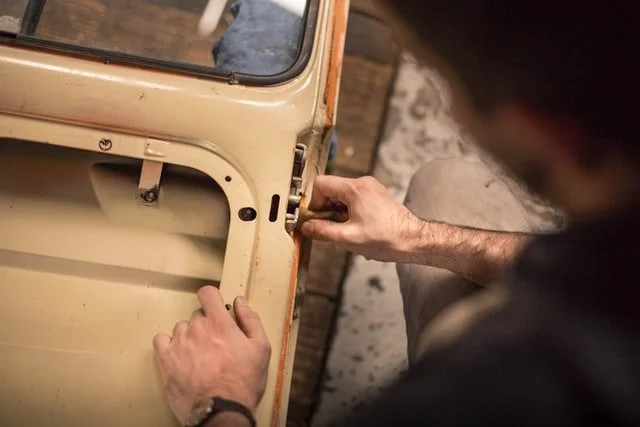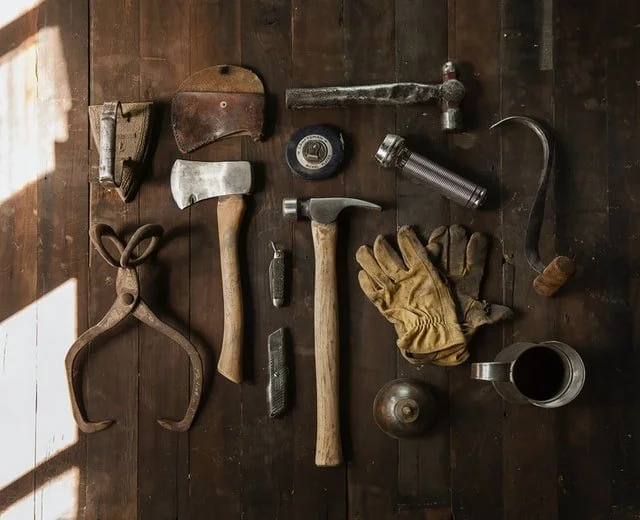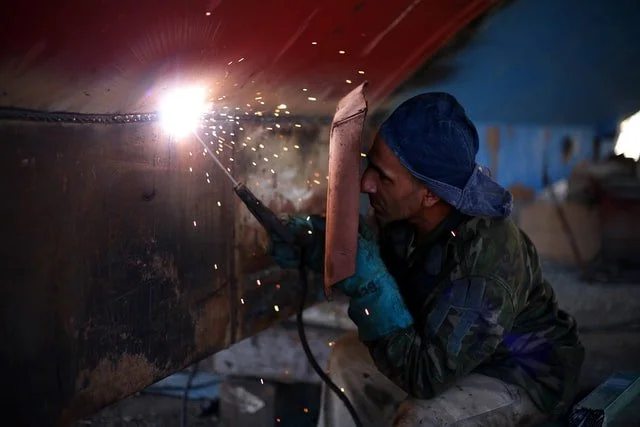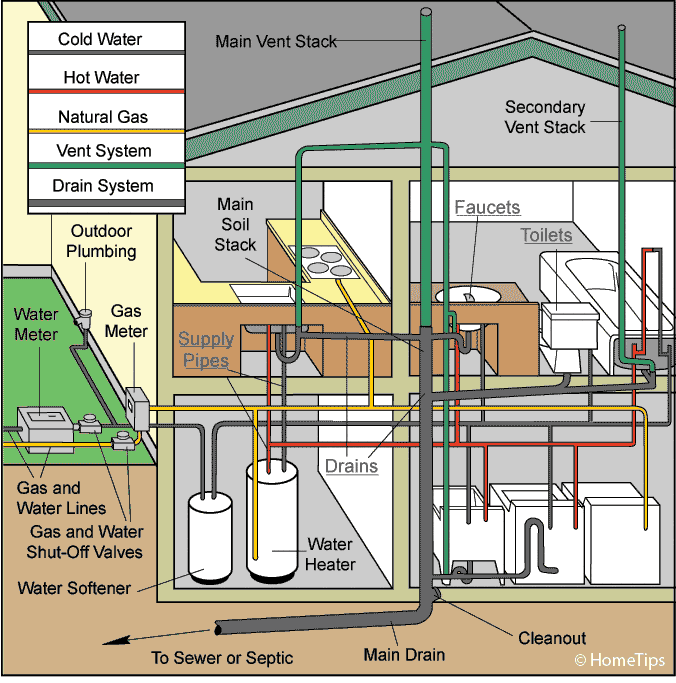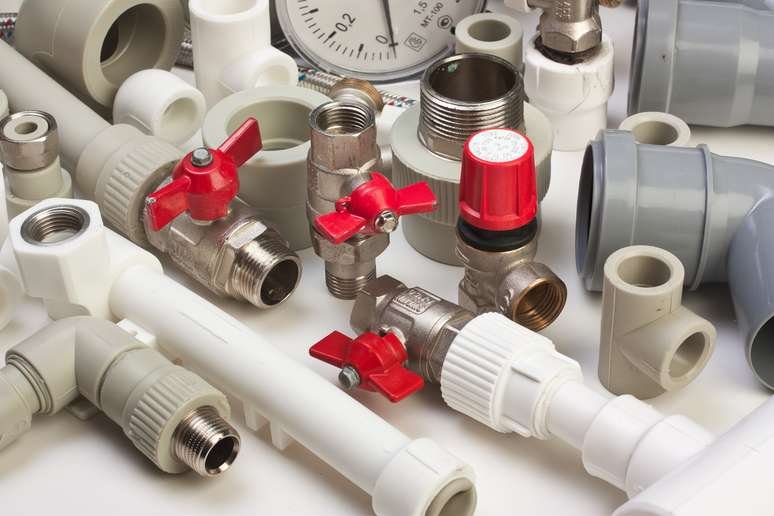DIY Or Call A Pro - Everything You Need To Know
RH Business Marketing Solutions
What you understand of the skilled trades is likely heavily dependent on many factors, including your family life growing up, your parent’s career tracks, your own educational background, and your current circle of friends and partnerships. Even if you have a strong knowledge of the skilled trades, we bet you didn’t know that well over 100 trades qualify under-skilled trades certifications? If you have an interest, even an obscure one, there’s probably a trades program for you. Love plants and gardening? You could be a Horticulture Technician or an Arborist. If you’re a master in the kitchen, Cooks and Bakers are skilled trades, as well. Get into building and construction in a more niche area by becoming an Architectural Glass and Metal Technician. The options are nearly endless. Trades are critical to the growth of any society because, at their core, they provide expertise in areas that require specialized knowledge over and above what even the most dedicated DIY master can provide. They are the people getting things done and keeping things running worldwide, and we will always need them. You can be mechanically inclined, but when your fridge breaks down, you might not have the experience under your belt to feel confident tinkering with such an essential appliance - but a Refrigeration and Air Conditioning Mechanic does!
There’s a lot to be said for honing your own skills so that you’re not in a position of having to call a pro every time there’s a small issue in your home. That being said, some essential skills are important to master before you move out on your own for the first time. (Or, for some of us, to catch up on after moving out—that’s okay!) When you have the basics down, you’ll be more confident in what you can handle on your own and when it’s time to call in a pro in a skilled trade to fix something more specialized.
Life Skills v. Skilled Trades
How do basic life skills connect to skilled trades? Many tradespeople will tell you—overwhelmingly often, household breakdowns come from lack of knowledge and maintenance. Learning some key skills beforehand can help you prevent problems with critical elements in your home like plumbing, refrigeration, heating, or damage to your drywall and flooring. Let’s talk about some life skills and how they’ll save you money in the future.
Grocery shopping and cooking - Learning what you like to eat, how often you eat at home, and how much food you need to get weekly at the grocery store are essential. Not only will you be wasting money if you overbuy every week, but you’ll also be adding to systemic food waste, increasing your environmental impact, and even potentially creating future issues with your kitchen appliances. Refrigerators and freezers have optimal operating conditions, and when they get stuffed full, they have to work overtime to compensate. If this is a temporary issue because you have friends staying with you and there’s more food in the fridge for a couple of weeks, no problem. If it’s something that consistently happens over time, your fridge and freezer will wear out more quickly. Chances are you’ll start to notice things like your fridge not getting as cold as it used to and your food spoiling more quickly. Or, even worse, your freezer failing and finding a melted puddle of liquid in the middle of your floor. This is the point that you’ll have to call in a pro to do some maintenance that could have been prevented. Planning ahead and knowing your needs can save tons of future headaches.
Cleaning and organization - Cleanliness and tidiness might seem like no-brainers until you’ve experienced the hectic pace and responsibility that comes with living on your own. Once you have, you’ll know that sometimes these can be the things that fall to the wayside. In the best-case scenario, you’ll learn that you don’t like living in a dirty and cluttered space and adjust accordingly with no dire repercussions. On the flip side, you might also become the victim of a dreaded pest infestation. Critters of all kinds (silverfish, roaches, mice, rats) thrive in environments where dirty dishes are left in the sink and drains are not cleaned properly. When these infestations get too far along, you’ll need to bring in a pest control worker and potentially a skilled tradesperson like a Carpenter or Plumber if the issue involves more critical elements in your home.
Laundry - You might not realize how much you take your washing machine and dryer for granted until they break down! These appliances are the workhorses of your home, and with some knowledge and maybe a Post-It or two as a reminder, you can go a long way to lengthening the life of these machines.
Your washing machine doesn’t need a lot of TLC. Mostly, it just wants to remind you that it doesn’t like getting small objects from pockets stuck under the drum. This can cause issues that affect its functionality and mean you’ll have to call a repair person, but all you need to do is remember to empty your pockets!
Your dryer does a hero's job in removing all sorts of hair and fibers from your clothes so that they come out looking refreshed and clean. It does that by pulling all of that into your lint trap, and it needs to be cleaned out! Once it gets blocked, your dryer has to work a lot harder to do its job. Your clothes will take longer to dry, have more lint on them, and you’ll be shortening the life of your dryer. Not to mention that dryers get super hot inside, and having a blocked lint trap is a potential fire hazard.
Managing time and finances - Many of the small preventative actions we’ve talked about so far come back to managing your time well. Creating routines that include things like cleaning out your fridge to prevent it from becoming overloaded and cleaning out your dryer trap are quick and easy things that can save you time and money in the long run. The same goes for managing your finances and knowing how much money you have coming in, what goes towards your rent and essential expenses, and what is getting saved. When it comes time to call in a pro to fix something in your home or apartment, you’ll need to be prepared for the expense. Regular maintenance will be covered by your landlord if you’re renting, but if there’s an accident that’s on you to fix—you’ll need to have money set aside for that.
Want a pet? Get Ready! Having a pet is a wonderful and enriching experience. Pets are great for your mental health and provide a whole different level of energy in your life. They can come with some potential challenges, though. Lower-maintenance pets like a snake, hedgehog, or hamster are easier to manage and less likely to cause damage in your home. Dogs and cats, however, can be a different story.
Be prepared for the run-of-the-mill things like ruined furniture and shoes, but also for harder to fix things like stains on carpet or chewed-up baseboards. Having a pet means you’ll have to be ready to learn some DIY skills or have the budget to call a pro when the inevitable happens.
Home maintenance and improvement - Your maintenance priorities will depend on whether you own or are renting and if you’re in standalone or high-density housing. For a more specific list, look for resources that provide you with a good reminder of what to look for on a weekly, monthly, and yearly basis. Consider setting reminders on your phone so you remember!
When it comes to making improvements to your home or apartment, there is a lot you can learn to do on your own. A great place to get your DIY start is painting a room. If you’re renting, clear this with your landlord before putting one bristle on the wall! Painting is an easy DIY project that can completely change the feel of a room, and it doesn’t require a ton of skill. Get prepared by watching tutorial videos from qualified sources like this one from Home Depot, making sure you have all of the necessary materials, and voila! You’ll be amazed by your own DIY prowess.
For things like flooring, tiling, and drywall, consider calling a pro for your first projects. Unless you have someone that has done projects like this before that can teach you, trying to learn on your own can be costly and more time-consuming than paying for the right skilled tradesperson to come in.
Build Your Own Basic Tool Kit
Having a basic toolkit that lives in your house or apartment is key, even if you have a separate garage or workspace. A small but well-planned toolkit will let you make quick repairs without searching high and low for each item that you need.
There are many starter toolkits on the market that will get you going with basics, but to be well-prepared, there are some extras that you’ll want to add. You never know, maybe getting into some basic home DIY will lead you to a career as a tradesperson!
Skilled Trades - Why Are They So Important?
Skilled trades are what allow us as a society to keep building and growing—literally. University and college degree programs are important in a very distinct way from the skilled trades, and they help us to keep growing as well, but differently. Trades are the foundation of our construction, industrial, power, and services. They are the people making things happen in very tangible ways, but over recent years and for several reasons, we have seen a decline in the number of skilled tradespeople. You might have noticed this, particularly if you live in a rural area that has a shortage of plumbers, electricians, and mechanics and have had to wait three weeks for an appointment that could have been made within a couple of days only a few years ago.
The skilled trades labor shortage is rooted in the Baby Boomer generation’s retirement, who focused more on trades careers than university or college degree careers, combined with the emphasis on four-year programs for students coming out of high school, exacerbated by the 2008 recession. That’s a lot of factors combining to cause a huge shortage of skilled tradespeople in the labor force, right when peak demand for those skill sets is expected to happen.
There’s another consideration to factor in. If the ongoing COVID-19 pandemic has made you reconsider the potential security of your job or career, a skilled trade is an option to think about that could provide you with a more stable career in the future. Service trades, in particular, are consistently in demand since no matter what’s happening in the world, we’ll always need skilled people to fix our plumbing, electrical, appliances, etc. Below are some of the skilled trades that are highly in demand at the moment.
● Repair and maintenance technicians
● Construction trades
● Farm equipment technicians
● Heavy-duty mechanics
● Diesel mechanics
● Truck drivers
Skilled trades are an integral part of our daily lives, whether we know it or not. From planning your grocery schedule and doing your dishes to teaching yourself how to make improvements to your home, learning new skills will keep you independent and savvy with your money. And you never know, maybe it’ll even become a career!
Originally Posted on Porch.com


